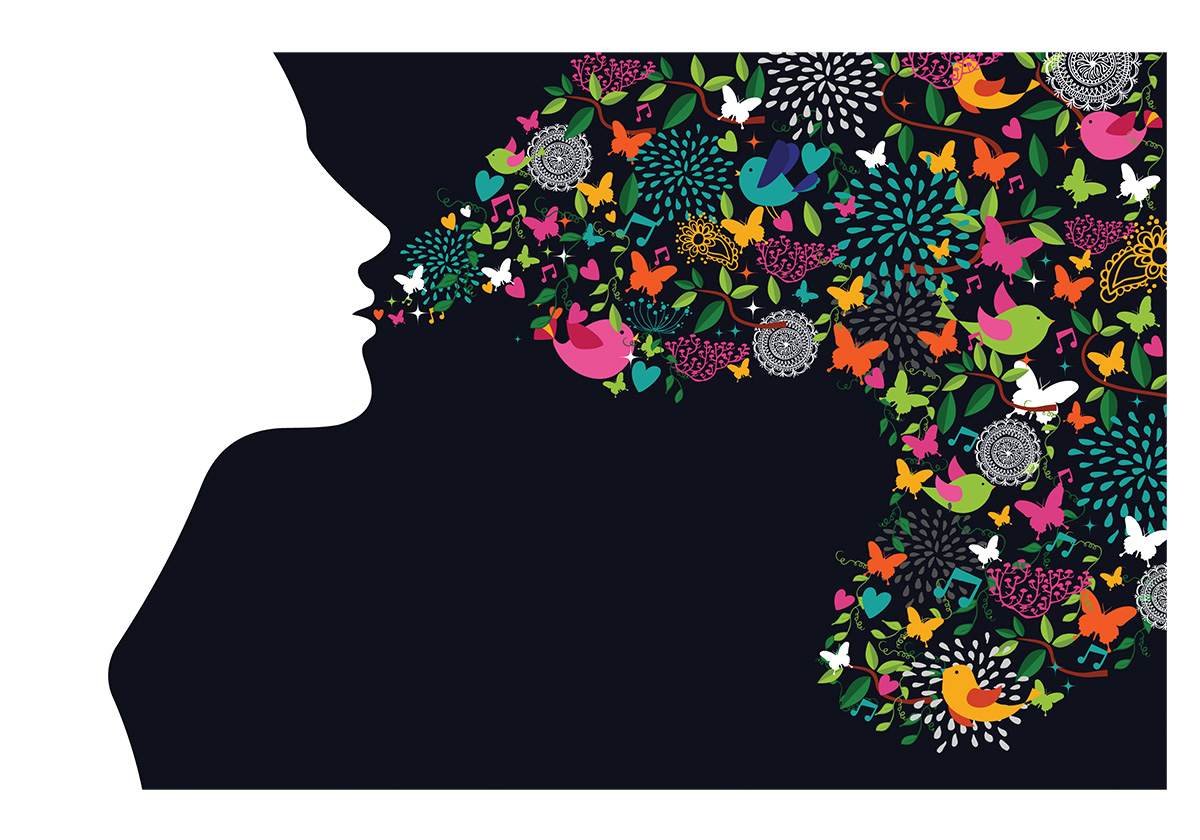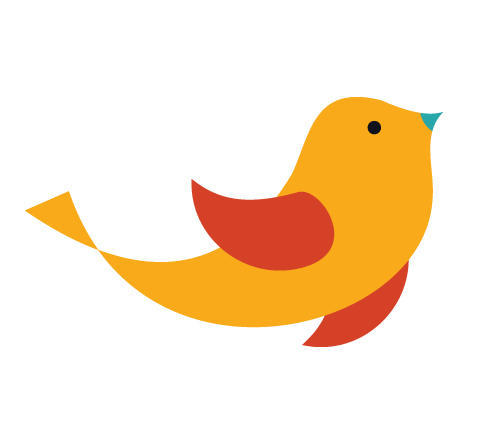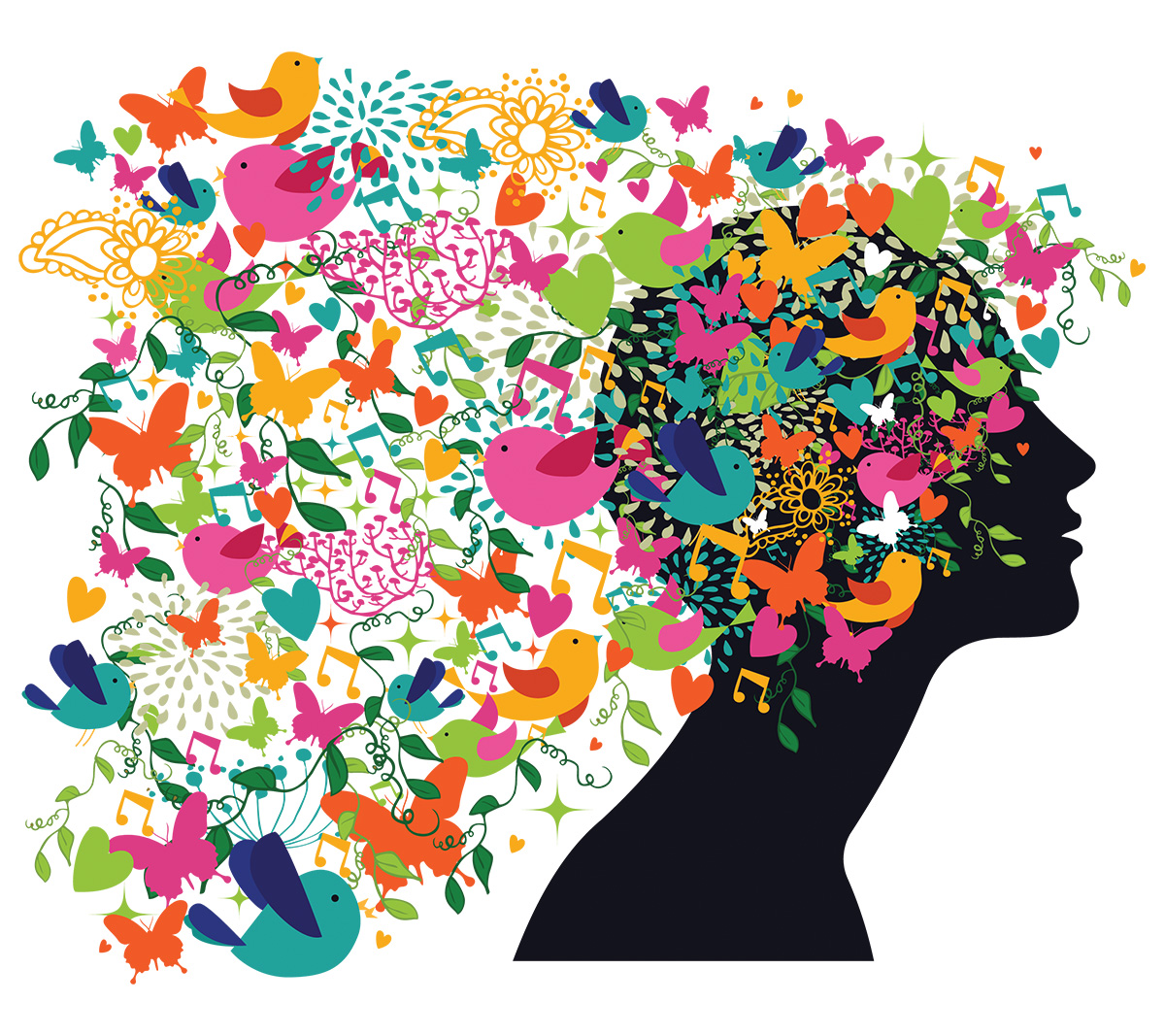Your Thoughts Don’t Own You
Overcome negativity to establish your definition of success.
• April 2021 issue
Have you ever felt crippled by negative memories right before a key moment in your career? Maybe prior to an important shoot you’ve suddenly remembered a session that went horribly wrong. Or perhaps you’ve prepped for a key sales presentation and all you can think about is the client meeting that was a slight disaster.
This phenomenon is called negativity bias. It’s rooted in our evolutionary drive to survive, but it can be an impediment to success in modern society. Creative entrepreneurs like photographers have a particularly hard time with negativity bias because the process of selling your work feels akin to selling yourself. That emotional aspect of the sale can exacerbate negativity bias and derail an otherwise productive interaction.
But there’s hope. Robyn Hatcher is a communications consultant, business coach, and professional speaker. She explains that you can counteract negativity bias by understanding it, acknowledging its role, and reprogramming thought processes into a more positive sphere.

Origins of Negativity Bias
Over the millennia, human brains have evolved to be efficient command centers for our bodies’ responses to various stimuli. Through this evolution, the brain has prioritized survival above all else. It devotes a lot of its attention to keeping us safe, which includes remembering past experiences when we perceived danger. Thousands of years ago, these experiences were likely to involve danger such as a hungry predator. Today, the same processes are at play, but instead of recalling perilous encounters with predators, our brains are more likely to be triggered by stressful moments at work and other negative but not life-threatening stimuli. While we’re not physically at risk during these episodes, our nervous system nevertheless reacts with a similar fight-or-flight response. To deal efficiently with negative experiences, our brains devote more room in our memory to them than for positive experiences. So negativity bias occurs at this most basic cognitive level, effectively emphasizing negative, stressful times in our memories so we can react to them better if they reemerge.
Every time we’re faced with any sort of trigger from a previous negative experience, our brain reminds us of all the things that have gone wrong in the past. Instead of being excited about a big new project, we flash back to the times when a proposal didn’t go well or when someone rejected our work.
“Knowing that you’re dealing with a glitch can help you get ahead of it."
Robyn Hatcher
Fixing the Glitch
The first thing photographers need to do to combat negativity bias is understand that the process is a glitch. Hatcher likes to call it the “Notorious NBG” (negativity bias glitch). The brain thinks it’s defending us from threats, but that’s an overreaction. “Knowing that you’re dealing with a glitch can help you get ahead of it,” says Hatcher. “Acknowledge it. Don’t just deny it. So when the Notorious NBG comes back, you are not inclined to believe it.”
Then restart. Like a computer, the brain sometimes needs a reboot, says Hatcher. “Turn your brain off, meditate, slow down, get awareness, practice some relaxing breathing techniques, and then restart without the Notorious NBG.”


How to Reboot your Brain
Shutting down the mind and starting back up minus the “Notorious NGB” (negativity bias glitch) can be easier said than done, especially if your negativity bias and stress levels have started to spiral out of control. Robyn Hatcher offers a few techniques.
Create an avatar. Craft an alter ego you can step into at any point. Imagine a role that is aspirational and start to reprogram your brain to think like that character. “Because our brains like to be efficient, they want to keep us on a well-established path,” says Hatcher. “Every time you do something to reinforce a particular way of thinking, it builds that pathway more, and that path gets well worn. Your brain thinks it’s saving time by sending you down that well-worn path.” Creating an avatar helps you create another path and start to nudge your brain down that alternate route.
Own it while you hone it. The formulation of an avatar leads into one of Hatcher’s favorite exercises: acting as if. Act as if you are the professional you want to be, the success you want to become, then translate that act into your normal interactions. Act the part. Look the part. All the while, you’re honing your skills and your confidence. “My belief is that we all have incredible brilliance to share,” says Hatcher. “So the question is how do you hone it while you own it? By practicing, acting as if, you’re letting out this dimension in ways it hasn’t been explored before.”
Open your “wow wallet.” Hatcher carries a wallet with fake dollar bills adorned with notes of positive reinforcement written on the back. Before a stressful moment, she can open her wow wallet and look at a list of things that have gone well, and then proceed more confidently. A simple journal of positive experiences also works. “Try it before you meet with that difficult client or send that big proposal,” she says. “Put that positive data in your brain. It’s hard for your brain to argue with data.”
Breathe. Deep breathing is great because the negativity bias glitch is activated by stress hormones that are triggered by the nervous system. Calm them down and then move forward, says Hatcher.
Create a sense of awe. Look at something soothing and constant. Find something that inspires you. Elicit a feeling of awe that can make you more present in what you’re doing.
Write your own story. This is what Hatcher calls your brand hero story. The idea is to write a story about how fantastic you are and how amazing you can become. The story arc should start off with a limiting statement like, “Once upon a time, there was a photographer who only did ….” Then add to the story with something like, “and then she did something amazing that no one else was doing.” And continue the tale to a place of absolute success that reinforces your unique capabilities.
Create a positivity bias. Looking ahead to the next stressful situation, how can you build a system that will help you build a more positive self-view? Hatcher recommends establishing the foundation for positive thinking by looking inward, assessing your talents, and rewriting your own story with a compelling main character.
Get an accountability partner. Identify someone with whom you can share all the negative feelings, self-doubt, and limiting beliefs as a way of getting them out of your system. A good accountability partner can listen and empathize, help you recognize the negativity bias glitch, and dispel the negative misconceptions.
Do a brand audit. A brand audit is an accounting of how people close to you view you and your work. Solicit feedback from friends, clients, and family. Ask, “What are the first three things you think of when you think of me?” This feedback often provides positive information that you can put in your wow wallet.
Slow down. Slow down the way you’re reacting. Sometimes, simply slowing your pace can reduce your stress level and help you see things more clearly.


Thanks, But No Thanks
Negativity bias may be a glitch, but it’s not going anywhere. Even the most confident people suffer from it occasionally. The key is to acknowledge it and understand that it’s trying to keep you safe. Also know when to push it aside.
“Appreciate your negativity bias for what it is and for what it’s trying to do, but then say, ‘I am going to do this my way now because it’s important for me,’” says Hatcher. That’s how you begin to own your brilliance and write the next chapter in your success story.
Jeff Kent is editor-at-large of Professional Photographer.
Tags: bridging the gap sales



